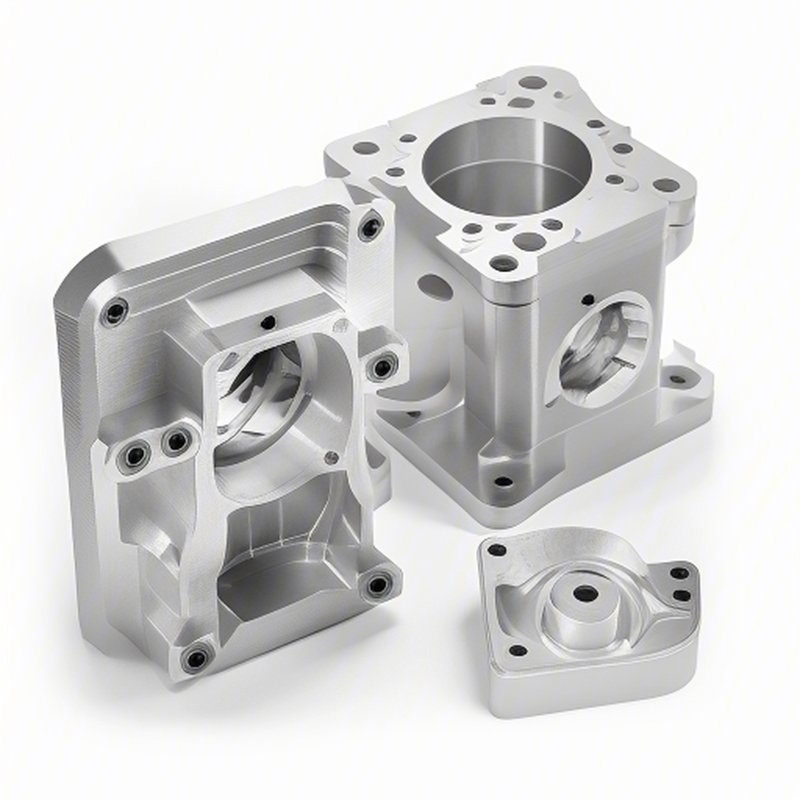In the highly competitive landscape of CNC machining, accurate estimation of working hours is essential for improving productivity, managing costs, and enhancing customer satisfaction. Companies that master this skill often find themselves with a significant advantage. This article delves into the various factors influencing the estimation of working hours in CNC machining, explores effective strategies for accurate time calculation, and offers insights into best practices for manufacturers.
Understanding CNC Machining
CNC (Computer Numerical Control) machining refers to the automated control of machine tools through a computer. It is an essential technique in the manufacturing industry, allowing for high levels of precision and efficiency. To estimate working hours accurately, companies must first understand the core components of this process.
- Machines and Tools: Different types of CNC machines—including lathes, mills, and routers—require various setups. Each machine comes with its own parameters, affecting how long a job will take.
- Material Types: Different materials possess varying degrees of machinability. Metals like aluminum may machine faster than harder materials like titanium. Thus, understanding the type of material is critical for estimation.
Factors Affecting Time Estimation
Several variables influence the working hours required for CNC machining. A comprehensive understanding of these factors aids in creating a more accurate estimate.
- Complexity of the Part: The more complex a part is, the longer it typically takes to machine. Parts with intricate designs usually necessitate additional time for setup, operation, and finishing.
- Tooling Requirements: The types and quantities of tooling required can greatly impact working hours. Specialized tools may take longer to set up, and the potential for tool changes can lengthen overall machining times.
- Batch Size: Larger batches may result in reduced cycle times per part due to economies of scale. However, achieving efficient production often requires careful estimation based on batch size.
- Experience and Skill Level of Operators: Experienced operators typically work more efficiently. This intrinsic knowledge can speed up setup times and minimize errors.
Utilizing a Time Measurement System
To effectively estimate working hours, implementing a measurement system is crucial.
- Gantt Charts or Work Breakdown Structures (WBS): These tools help visualize the timeline of tasks and can be adapted for CNC machining jobs. Gantt charts show which tasks overlap and which are sequential, while WBS breaks down the project into smaller components to better gauge time requirements.
- Historical Data Analysis: Companies can analyze past projects to gather data on how long similar tasks took. Utilizing historical records allows for informed decision-making when estimating time for new projects.
Incorporating Software Solutions
Today’s technological landscape offers an array of software tools designed to simplify the estimation process.
- Advanced Estimation Software: Many CNC machining companies are turning to specialized software that takes various factors—such as materials, tooling, and complexity—into account. These tools use algorithms to provide real-time estimates based on user input.
- Simulation Software: By simulating the machining process, companies can visualize how long a part will take to produce. Simulation software can reveal potential issues that might slow down production, allowing for preemptive adjustments.
Effective Communication in Estimation
Accurate estimation is not just about numbers; it also involves effective communication among all stakeholders.
- Collaboration between Departments: The estimation process should involve collaboration among design, engineering, and production teams to ensure everyone’s insights contribute to the final estimate.
- Client Interaction: Communicating with clients to set realistic expectations about lead times is crucial. Clear communication minimizes misunderstandings and promotes customer satisfaction.
Continuous Improvement and Feedback Loops
Once estimates are made and projects are completed, it’s essential to review performance continually.
- Post-Project Reviews: Reviewing the actual time taken versus original estimates allows companies to refine their processes. Conducting these analyses gives valuable insights into areas needing improvement.
- Feedback Mechanisms: Establishing a feedback loop where operators and design engineers can report on time estimates and actual performance is crucial. This empowers the workforce and cultivates a culture of continuous improvement in estimation practices.
Training and Skill Development
Investing in training for CNC operators greatly affects the accuracy of time estimations.
- Technical Training: Offering training programs focused on CNC programming and machine operation helps workers gain efficiencies that result in time savings.
- Soft Skills Training: Training on effective communication and collaboration can help teams work together more efficiently, ultimately streamlining the estimation process.
Conclusion
Estimating working hours for CNC machining of parts is complex and multifaceted. By understanding the various factors affecting time estimation, utilizing measurement systems, incorporating advanced software solutions, fostering communication, and promoting continuous improvement, companies can make significant strides in their estimation accuracy.
In a world where every hour counts, mastering this skill not only enhances operational efficiency but also strengthens customer relationships, leading to long-term success. As CNC machining continues to evolve, companies that adapt to these practices will undoubtedly remain competitive and prosperous in the market.
—
- This article provides a thorough overview of how companies effectively estimate working hours for CNC machining of parts. It considers technical aspects, methodology, and teamwork, creating a well-rounded resource for those in the industry looking to refine their estimation practices.


